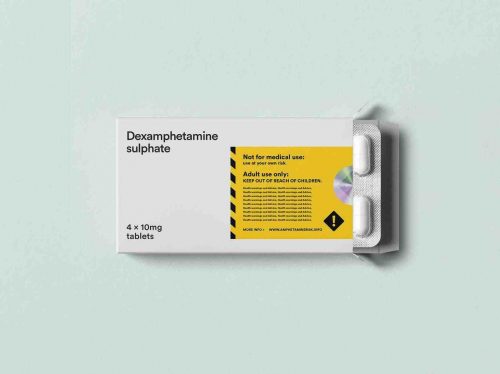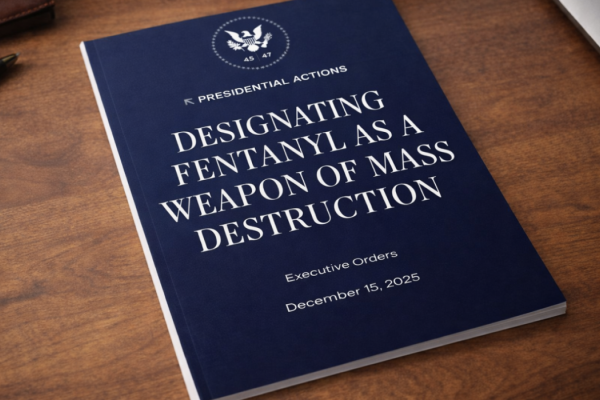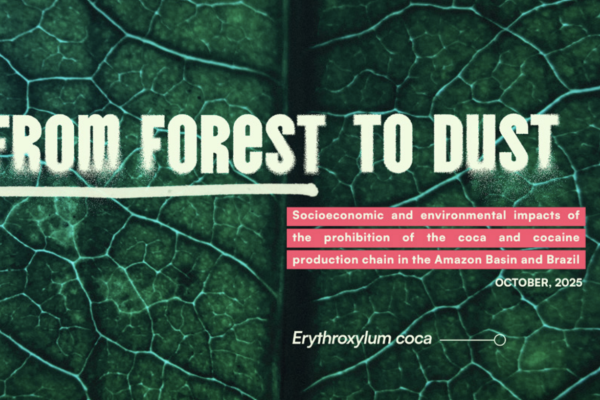28th October 2020
A key concern for Transform as we developed the stimulant regulatory models for our new book ‘How to regulate stimulants: A practical guide’ was that they be robust enough to withstand the pressure they will inevitably face from profit-motivated commercial interests and from the global systems of market regulation under which they operate.
We have proposed that the retail of all except the lowest risk stimulant drugs, such as coca tea, would, in most instances, be regulated through licensing. This approach is based on the principle that the state places conditions on the sale of the drug that reflect its particular risks, but beyond that leaves the market open. Licensing is a form of governance at a distance: the market operates according to the same principles as those of any other commodity, but with limitations placed on specific aspects of retail operations by the state — usually devolved to local regulatory authorities. In standard licensing systems, local authorities place conditions on how, when and where retailers can operate.
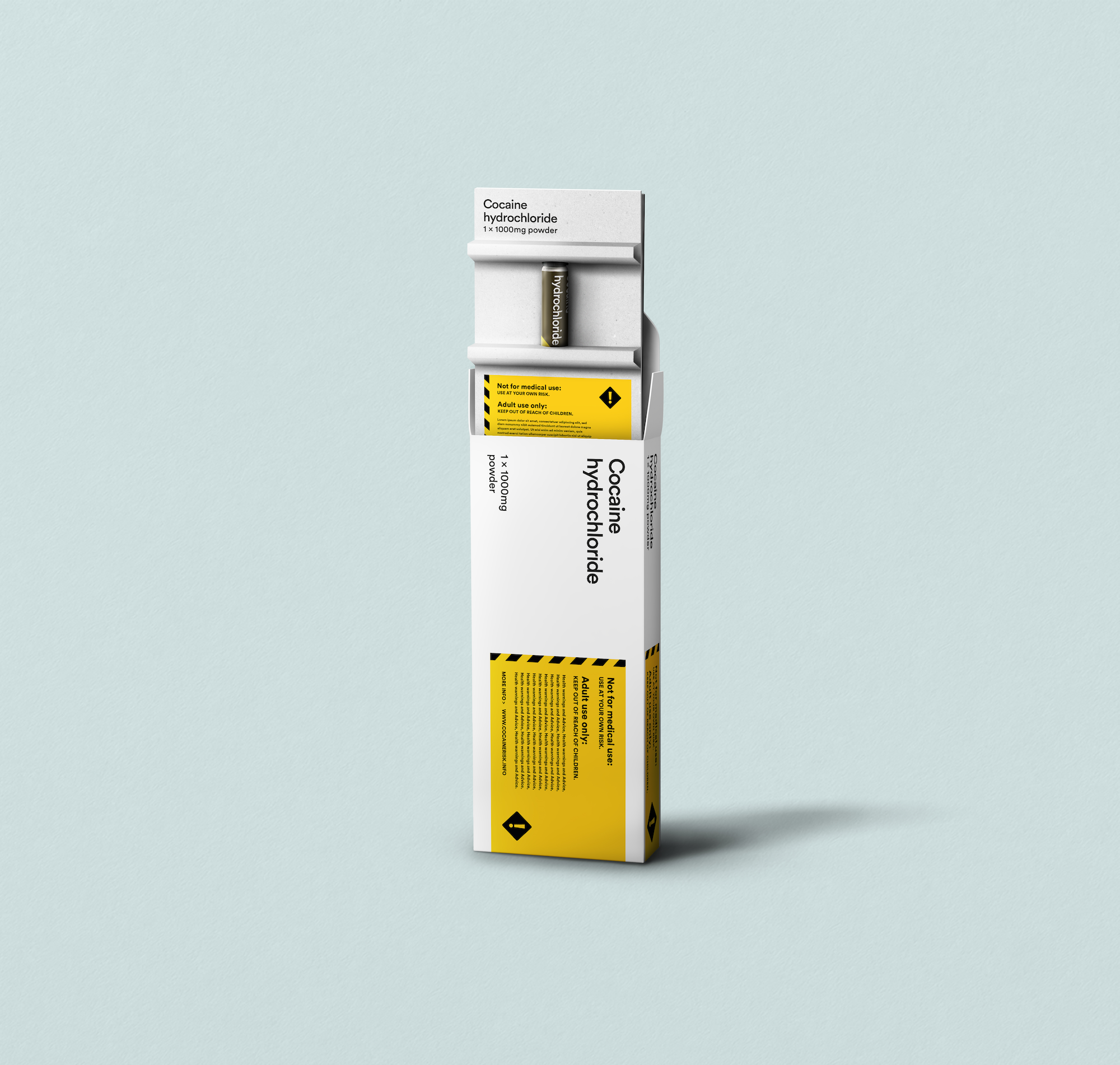
At the same time, general limitations may also be placed on the content of, for instance, advertising materials (as is the case for alcohol and tobacco in many countries); additionally, voluntary codes of practice overseen by commercial actors often cover issues such as vendor training. Key to these systems is the assumption that, at its foundation, the market remains commercial and private enterprises are free to operate, albeit within constraints set by government.
An alternative model, however, is for the state itself to control all, or part, of the market — acting as producer, importer and / or retailer. In this model, retail outlets are not simply placed under regulatory conditions by local authorities: they are owned and managed by state agencies. This state monopoly retail model tackles the potentially negative impacts of commercial influence and establishes direct control of markets for potentially risky products or services. Most obviously, under a state monopoly there is less business incentive to prioritise profit maximisation, meaning that application of different policy levers, such as pricing and marketing, can instead focus on the interests of public health.
Such state monopolies within drug markets are by no means unknown. For example, they operate for alcohol retailing in most Scandinavian countries and a number of Canadian provinces (on technical distinctions, sometimes referred to as state monopsonies). The justification for state monopolies rests on the principle that psychoactive substances can (in some, though by no means all, cases) lead to dependence, acute and chronic health harms and a range of negative externalities (e.g. alcohol related violence). Therefore, they do not qualify as the kind of ‘ordinary’ commodities which may be left to a market characterised by usual commercial dynamics — such as aggressive price competition, widespread marketing, and the unregulated development of novel products — and a significantly more intensive level of regulation is warranted.
State monopolies have less often applied to production (not least because alcohol and tobacco are often imported). The key public health risks arising from (over)commercialisation are more significant at the retail, rather than production, end of the market. State production monopolies have existed (China’s tobacco industry for example, or Russia’s vodka industry until 1992), but the more common model is for commercial products to be retailed via a state monopoly, as is the case for the Nordic alcohol sales, or more recently, non medical cannabis sales in some Canadian provinces.
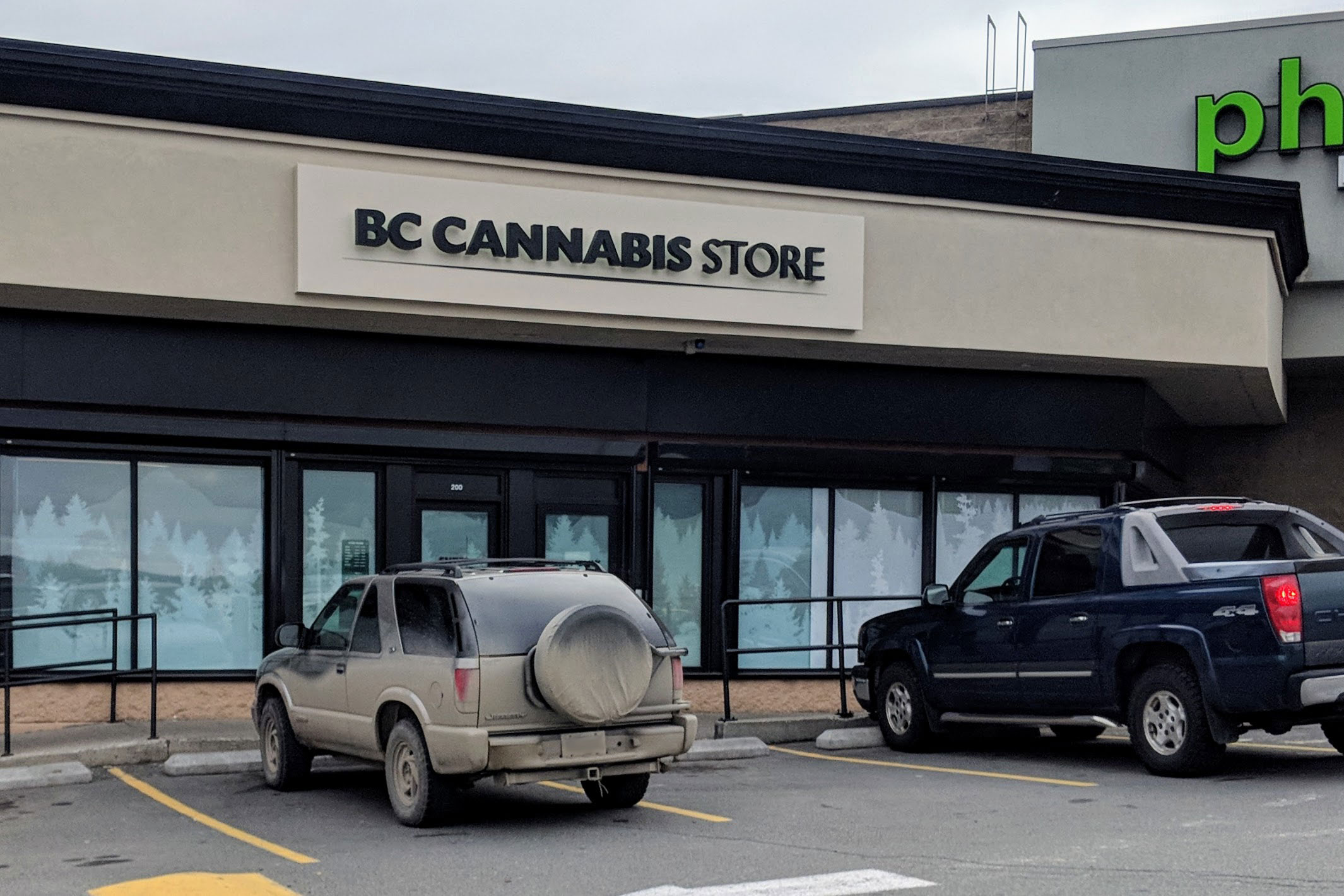
The notion of the state itself directly acting as the sole supplier of stimulant drugs raises many questions. It may be argued that state ownership of any commodity markets is wrong in principle, and that commodity retail should be a matter for private enterprise alone. Others, while not objecting to direct state control of markets per se, may be uncomfortable with the idea of state control of non-medical drug markets specifically. This reticence has been witnessed in other contexts, for example in the pushback against state funding of opioid substitution therapy and heroin assisted therapy. The suggestion that the state is somehow facilitating consumption of risky drugs, or, at the more sensationalist extremes, becomes ‘drug dealer in chief’, is one which many may find difficult to accept.
In developing a model for better-regulated tobacco retail, Professor Ron Borland proposed a system under which the state does not own production, but is the sole operator from the point of wholesale purchase. Under this model ‘free enterprise companies would retain the right to manufacture, but a [state] agency would be set up to market tobacco products.’ Commercial entities could compete for contracts to produce drug products (in this case tobacco), but within strictly defined parameters regarding potency, preparation, packaging, etc. Uruguay adopted a model similar to this for its legally regulated non-medical cannabis market. Borland proposes that commercial retailers would still be allowed to operate a for-profit system of sales, but their contract would be with the state agency that provided the product, not the private producers. In other words, rather than placing conditions on the retail of commercially supplied products (as is the case for alcohol in many countries), the retailers would enter into supply contracts with the government itself.
There are many variations on the broad concept of a state monopoly, and many challenges. Government reliance on sales income has the potential to distort policy — particularly where revenue streams are significant and established. Without the discipline of market competition, availability may become inadequate to meet key objectives (such as suppression of the illegal market), or lack the flexibility needed to meet changes in demand. Regulated stimulant markets would, however, be a very different proposition to alcohol and tobacco markets where such issues have arisen in the past. They would be smaller in scale, but also designed and implemented from scratch within a public health model that seeks to moderate use and minimise harms rather than commercial ones that seek to maximise profits. In this sense, a state monopoly model could serve as a ‘strategic circuit breaker’ in order to establish new social norms for the legal market.
The intensity of regulation should always reflect the risks associated with the drug being controlled. In our new book we therefore propose that, given the alternatives (an uncontrolled illegal market at one extreme, a barely controlled commercial market at the other), in the first instance, a state monopoly retail model be adopted for the rationed adult-only retail of cocaine, MDMA and dexamphetamine. We believe it is the best option for balancing the needs of controlled availability against the risks of over-commercialisation.
Author: Steve Rolles, Senior Policy Analyst.

